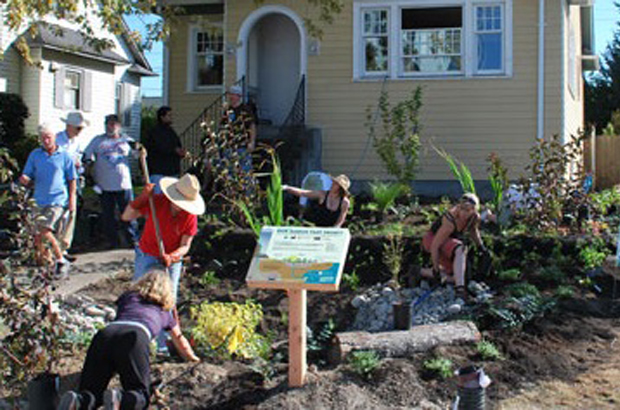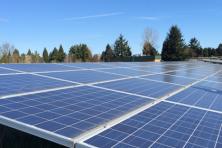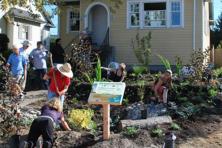From the microcosms of soil to the depths of space, we are rapidly progressing toward an understanding of the solutions needed to maximize the power of nature to soak up carbon pollution.
Innovators are working on the ground (literally) to turn waste into carbon-storing soil amendments, while lasers will soon measure changes in forest biocarbon from space. Farmers, entrepreneurs, and scientists in the Pacific Northwest and beyond are delivering biocarbon results and demonstrating the pathways to a low carbon future. Our fall Northwest Biocarbon Initiative Digest highlights these innovations.
News
Welcome Our New Innovation Partner: Stewardship Partners
Stewardship Partners empowers landowners to protect Washington State's natural landscapes. All three of Stewardship Partners’ programs help sequester more carbon by restoring naturally functioning ecosystems across urban, rural, and forested landscapes. The organization (pictured above) works with landowners to create rain gardens, certifies farms with the Salmon Safe eco-label, and helps landowners in the Snoqualmie Valley improve fish and wildlife habitat.
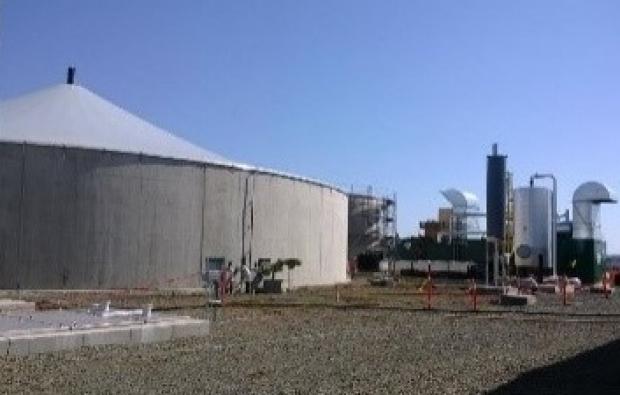
JcBio Pioneers the Bioeconomy
Food waste in landfills creates methane (a potent greenhouse gas) as it decomposes. An innovative project in Junction City, Oregon has a solution to this problem: JC-Biomethane (JcBio) transforms food waste into renewable energy and products that return carbon and other nutrients to the soil. JcBio’s developers also tackled one of the key barriers that waste-to-energy plants face – the high cost of transporting organic waste from where it is generated to where it is used.
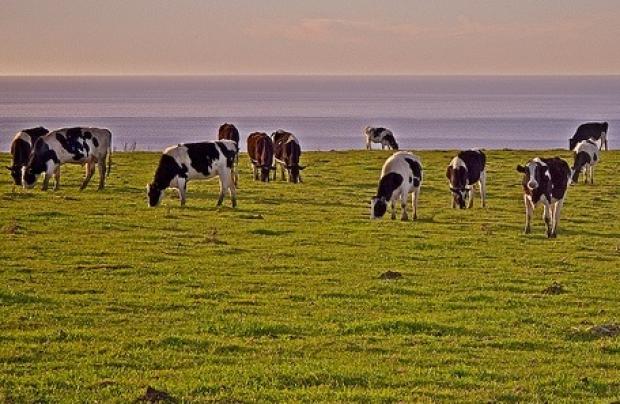
Soil Carbon, Home on the Range
Turning organic materials into compost and applying it to rangelands on a large scale could store a significant amount of carbon, repurpose organic waste, improve the health of rangelands, increase climate resilience, and help farmers’ bottom lines. The Marin Carbon Project is testing this approach on three demonstration farms in Marin County, with the ultimate goal of securing the policy and economic tools needed for widespread adoption of climate-friendly agricultural practices in the County and beyond.
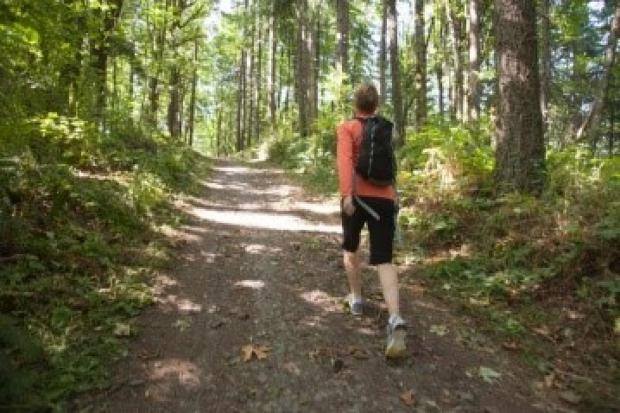
Studies Corroborate the Health Benefits of Trees
Several recent studies highlight the health benefits of urban trees. A Portland State University study found that trees reduced local nitrogen dioxide levels, providing almost $7 million in respiratory benefits annually, while a joint study by The Nature Conservancy and Dow Chemical Co. deemed urban reforestation a cost-effective solution to ground-level ozone. According to a U.S. Forest Service analysis, the nation’s trees removed 17 million tons of air pollution in 2010, providing $6.8 billion in health benefits. Other research found that women living near extensive green space tend to deliver full-term babies with higher birth weights.

NASA Tool to Measure Carbon Storage in Forests from Space
NASA’s latest space probe will provide the most accurate measurement to date of how much carbon is stored in forests across the globe. The laser-based sensing system's 3D view will allow measurement of the internal structure and biomass of forests at a fine scale to better determine how much carbon is released into the atmosphere from forest disturbance and conversely, how much carbon is stored with restoration.

Global Plant Growth (and Biocarbon Potential) Vastly Underestimated
New research indicates that the earth could support a lot more plant life (and therefore carbon storage) if landscapes were managed for that purpose. The study found that current models have underestimated the earth’s maximum plant production by two orders of magnitude. While maximizing plant production would have undesirable impacts, these findings do support the concept of significantly enhancing biological carbon storage.
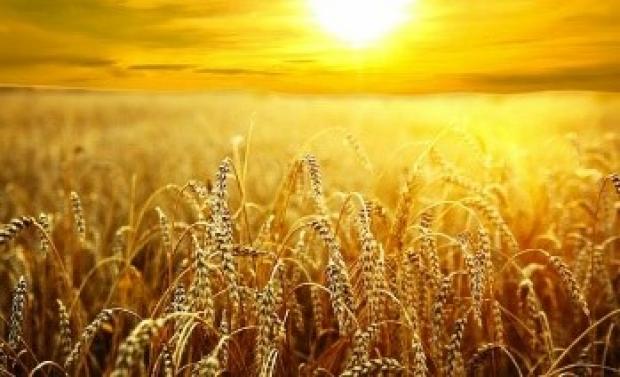
USDA Provides Guidance on Climate Friendly Farming and Forestry Practices
A new report from the U.S. Department of Agriculture provides much-needed standards for estimating greenhouse gas emissions from various land management practices to guide agencies in evaluating and refining their programs, such as the new regional Climate Hubs. The report also lays the groundwork for future user-friendly tools that will help farmers, ranchers, and forest landowners manage their lands to reduce climate impacts and store more carbon.
Events & Webinars
- October 23-24: National Workshop on Large Landscape Conservation, Washington D.C.
- October 28: Saving Nature and Improving Agriculture: Where does Nature’s Wisdom Lie?, free symposium offered by the Center for Sustainable Agriculture and Natural Resources.
- October 28: Climate Change in the Northwest, presented in Seattle by Sustainable Path
- November 2-5: Annual Meeting of the American Society of Agronomy, Crop Science Society of America, and Soil Science Society of America.
- November 7–11: Biochar School: Appropriate Technology for the Small Farm, Sonoma, CA, USA
- November 21-23: Restoring Ecosystems to Reverse Global Warming Conference hosted by Biodiversity for a Livable Climate at Tufts University in Massachusetts, followed by an International Action Week.
